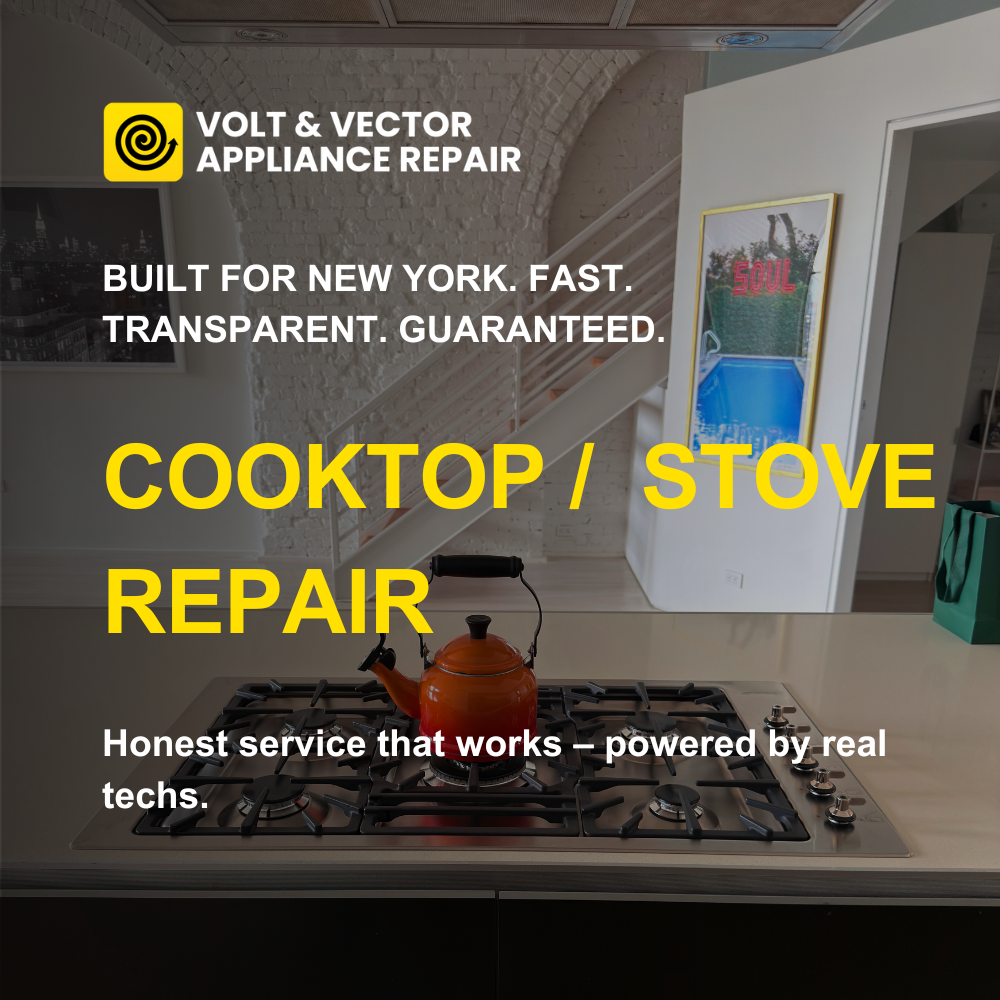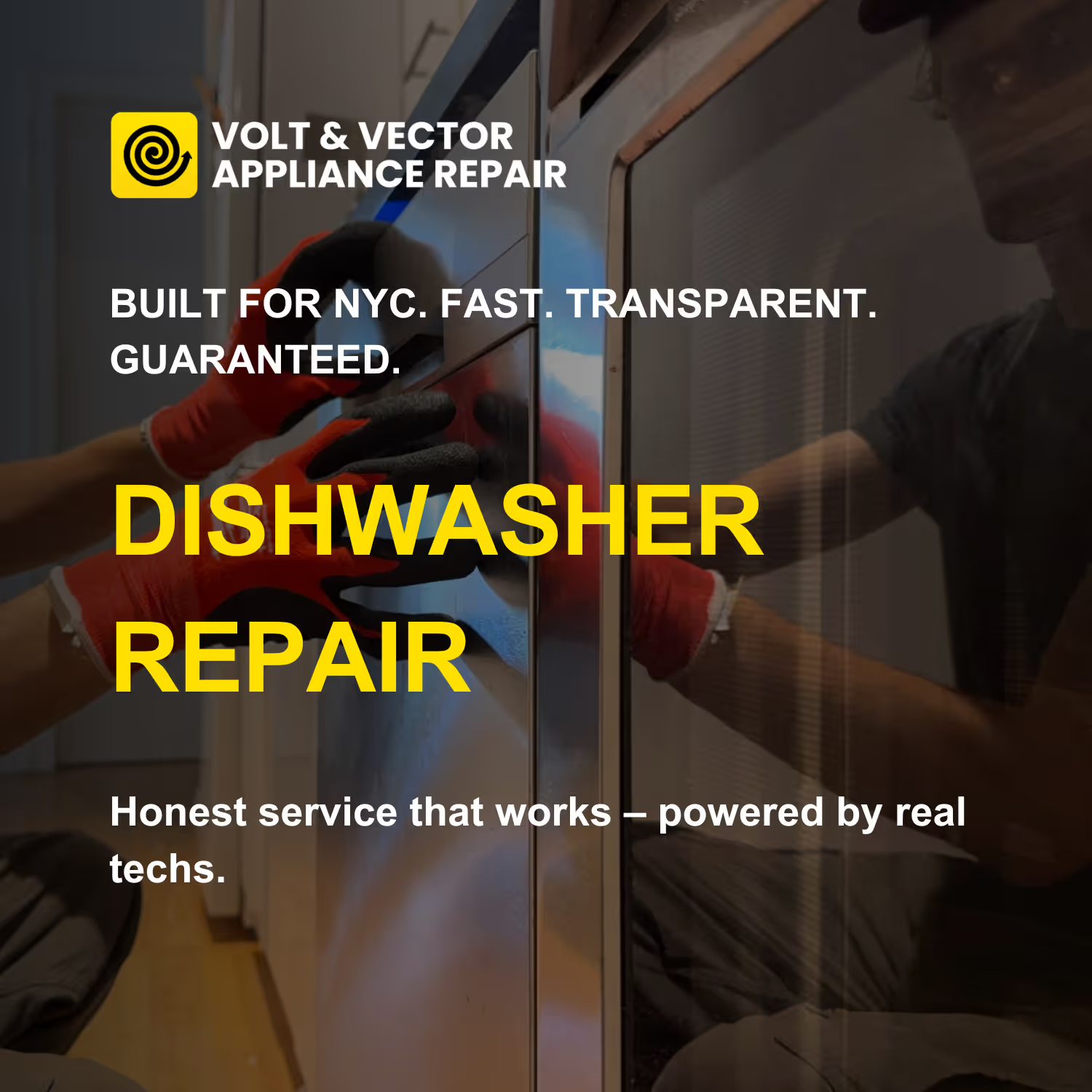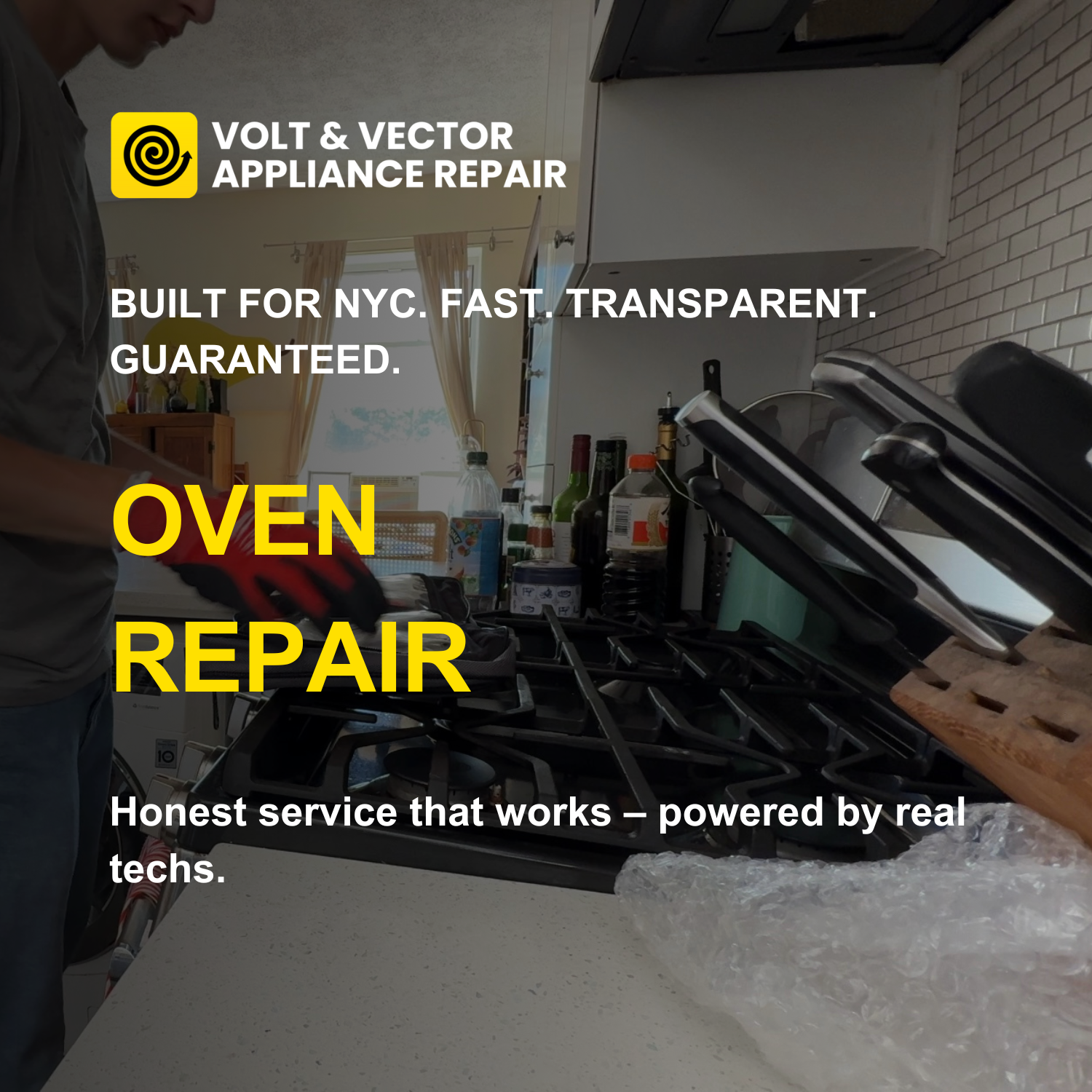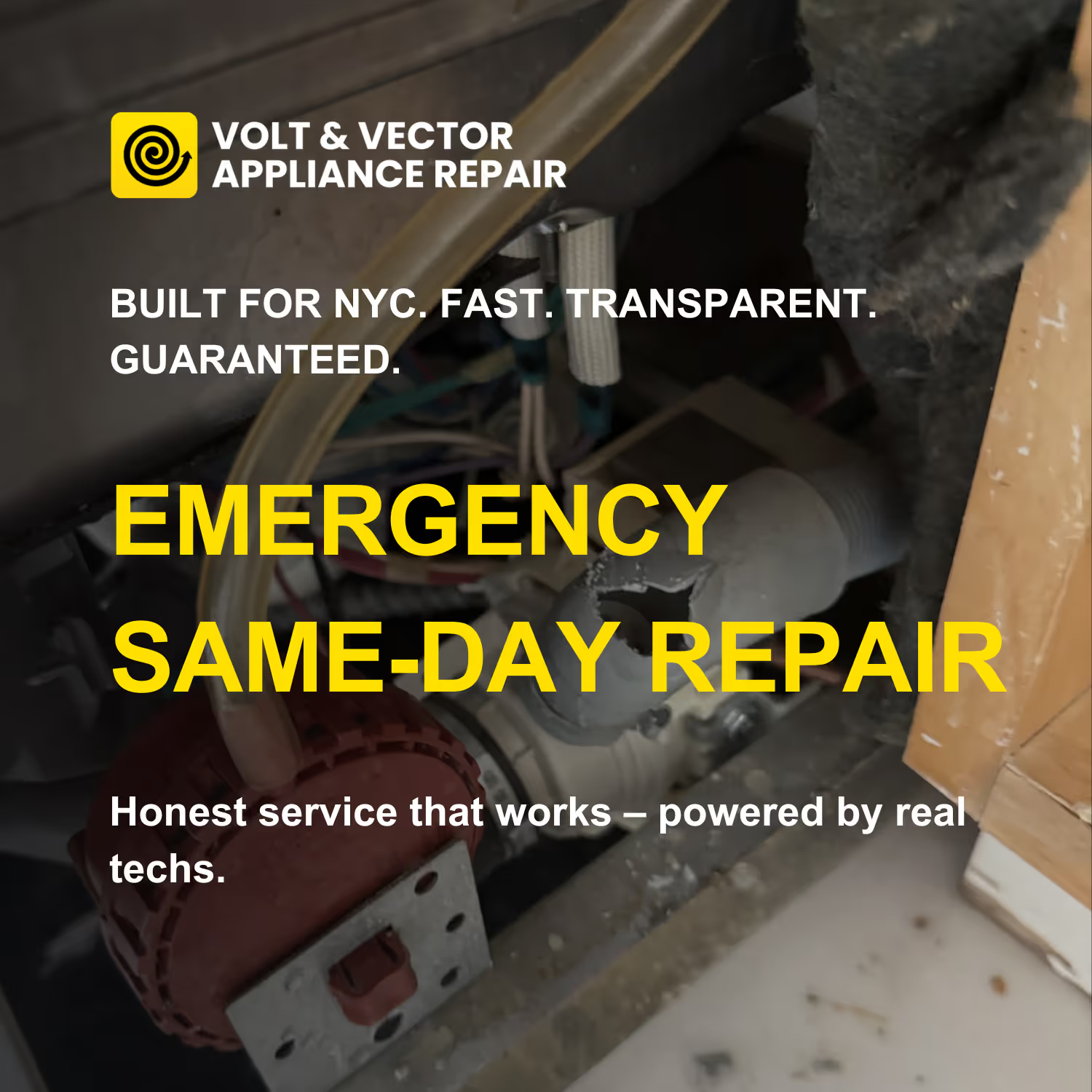ZIP coverage — Brooklyn, Manhattan & select Queens
Use the ZIP code checker to see if we can come out to your building. If your ZIP is listed, we can usually offer same-day or next-day appliance repair, depending on parts and schedule. If your ZIP code is outside our current service area, you can still reach out — in some cases we may be able to help, or recommend a trusted partner nearby.
Book same- or next-day Bosch dishwasher services across Brooklyn & Manhattan. Contact us today.
We understand how disruptive a malfunctioning Bosch dishwasher can be. The noise, leakage, or failure to clean effectively can throw your routine into chaos, leading to frustration.
At Volt & Vector, we specialize in diagnosing and repairing Bosch dishwashers across Brooklyn and Manhattan. Our experts are equipped with the latest tools and knowledge to get your appliance running smoothly again.
With a $99 diagnostic fee credited to repair and a 180-day warranty on our services, you can trust that we provide reliable service with the utmost care for your home.
Pro Tips for Maintaining Your Bosch Dishwasher
1. Level Your Dishwasher: Ensure your Bosch dishwasher is properly leveled by adjusting the feet. An uneven appliance can cause noise and vibration during cycles. Use a level tool to check and adjust as needed.
2. Clean the Filter Regularly: Remove and clean the filter located at the bottom of the dishwasher. A clogged filter can lead to poor drainage and excessive noise. Rinse it under warm water and scrub gently to remove debris.
3. Inspect Door Gasket: Check the door seal regularly for any wear or damage. A compromised door gasket can affect the locking mechanism and lead to leaks. Replace it if you notice any cracks or tears.
4. Avoid Overloading: Do not overload your dishwasher, as it can lead to improper cleaning and increased noise. Space dishes appropriately to allow for optimal water circulation and ensure a quiet operation.
Frequently Asked Questions
Q: What does the error code E5 mean?
A: This code indicates too much water has been detected or there’s a motor speed issue. Check for excess water or clogs.
Q: My Bosch dishwasher has a Door Lock problem; what should I do?
A: A door lock issue can often be a sign of a defective latch or control problem. You may need to consult a professional for accurate diagnosis.
Q: What does the error code E005 signify?
A: This code signifies a communication error between the control components, suggesting possible loose connections or a faulty control board.
Q: I hear Noise/Vibration from my dishwasher. What could be wrong?
A: Excessive noise can be due to a malfunctioning part or improper loading; it’s best to have a professional check the appliance.
Experience top-notch Bosch dishwasher repair across Brooklyn & Manhattan with Volt & Vector. We address common issues like noise or door locks, offering a $99 diagnostic fee credited to repair and a 180-day warranty for peace of mind.
Expert Advice: Repair or Replace?
Repairing your Bosch dishwasher is often the best choice if it is less than 10 years old and experiencing typical part failures, such as worn seals or motors.
Replacement makes sense if your dishwasher is over 10 years old or has repeated failures due to parts being discontinued or if you're planning a remodel.
- Age of the appliance
- Repeated failures
- Parts discontinued
- Planned remodel
Understanding Bosch Error Codes
Code E005: This code signifies a communication error between the dishwasher's control components.
Possible Causes:
- Loose or damaged wire connections
- Faulty control board
- Interference from electrical issues
User Actions:
- Inspect wiring connections for any loose or damaged areas
- Power cycle the dishwasher by unplugging it for a minute
- Contact a technician if the error persists after checking connections
Code E302: This error indicates that the control module of the dishwasher is overheating.
Possible Causes:
- Poor ventilation around the dishwasher
- Faulty heat sensor
- Extended operation causing excessive heat buildup
User Actions:
- Ensure the dishwasher has adequate space around it for ventilation
- Turn off the dishwasher and allow it to cool down
- Check for any obstructions around the vent areas
Code E5: This code indicates that the dishwasher's safety float has detected too much water or there is an issue with the motor speed.
Possible Causes:
- Safety float is triggered due to excess water
- Motor speed sensor malfunction
- Blocked drainage causing overflow
User Actions:
- Check if there is excess water in the bottom of the dishwasher
- Ensure the drain filter is not clogged
- Restart the dishwasher to see if the error clears
Common Bosch Dishwasher Problems We Service
Excessive noise
Door won't lock
Not cleaning properly
Leaking water
Control panel not responding
Noise/Vibration
Door Lock

.avif)




.avif)
.avif)
.avif)

.avif)
.avif)
